Conservationists work to remove Kansas City from top 10 deadliest cities for birds
Homeowners can follow some of the same steps
KANSAS CITY, Mo. (KCTV) - With millions of birds migrating across the metro’s airspace, Kansas City has been found to be one of the most deadly cities for avian species.
According to the American Bird Conservancy, up to 1 billion birds die yearly as a result of in-flight collisions in the U.S. Bird strikes are one of the largest contributors to the 29% decline in migratory birds since 1970.
Cornell University has found Kansas City and St. Louis to be among the top 10 largest offenders. Kansas City ranks as the 7th-deadliest city for birds in the spring and 8th in the fall.
A 2024 report by Bird Safe KC revealed that the T-Mobile Center claimed the most avian lives in 2024 - 222 of more than 2,000. The old Kansas City Star building has also been identified as a death trap, with nearly 200 more carcasses of the same 2,000 birds.
“We’ll get as many as a billion birds migrating over Kansas City,” said Tessa Poolman, of Bird Safe KC, who is on a mission to mitigate these collisions.
Kansas City sits right in the middle of two main migratory paths - the Mississippi and Central Flyways.
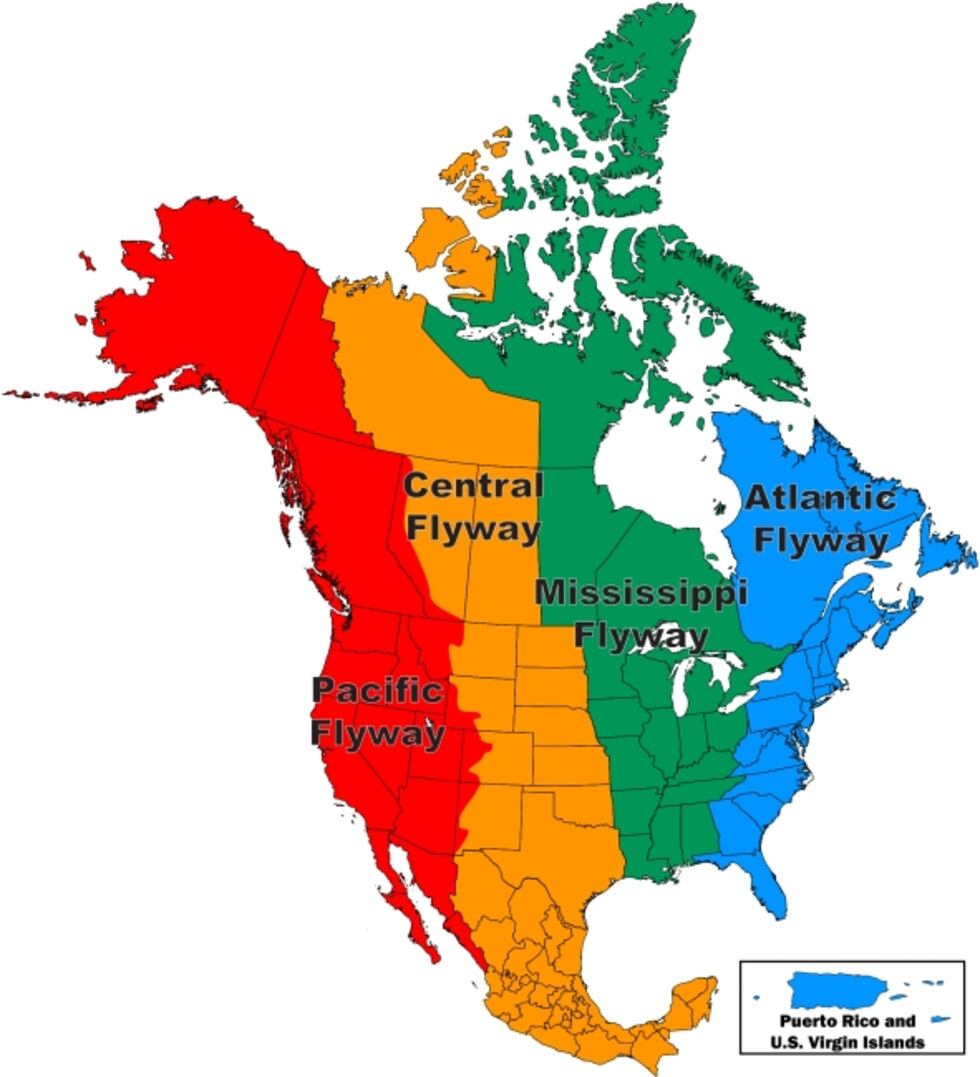
Conditions that create the issue of bird strikes include windows that reflect the natural environment and light pollution, which can disorient birds. Pedestrian walkways and plants that can be seen from inside buildings are just as confusing for them.
“So, the light draws them in and they stop to rest, refuel for the night,” Poolman told KCTV5. “And then when the morning comes, it’s time to eat and forage.”
And for many, that turns fatal.
“We know that collisions happen most times because birds are seeing reflected vegetation,” Poolman continued. “Research suggests that collisions happen in the first 11 stories of the building and really concentrated between the first five.”
Krystal Anton, the Zero Waste Coordinator for the Center for Sustainability at the Johnson County Community College, said the campus has also seen its fair share of casualties. According to a study she has coordinated with students, the birds most known to have fallen victim locally include:
- Swainson’s Thrush
- Ruby-throated Hummingbird
- Dark-eyed Junco
- Common Yellowthroat
- Lincoln’s Sparrow
- Yellow-billed Cuckoo
- White-throated Sparrow
- Indigo Bunting
- Swamp Sparrow
- Rose-breasted Grosbeak
According to BirdStrikesKC’s iNaturalist page, the migrating species that are found to have fallen victim the most around the metro also include:
- Nashville Warbler
- Ovenbird
- Tennessee Warbler
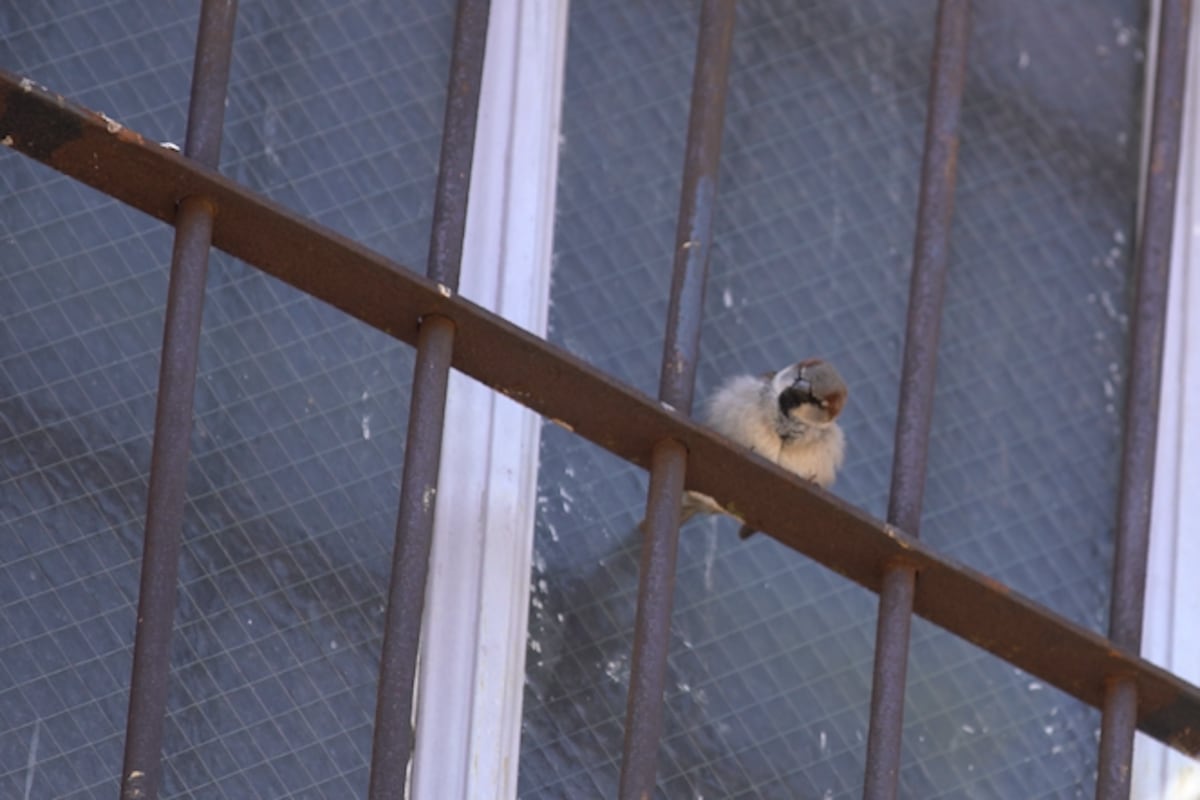
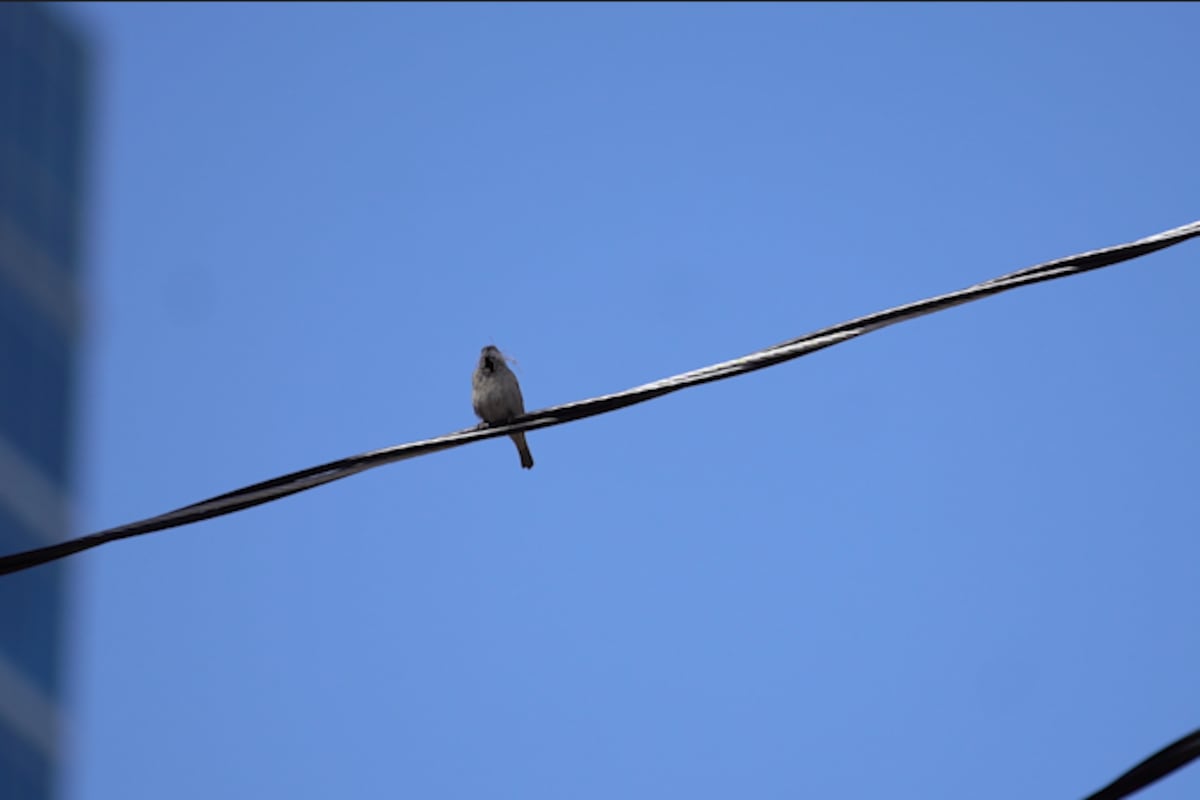
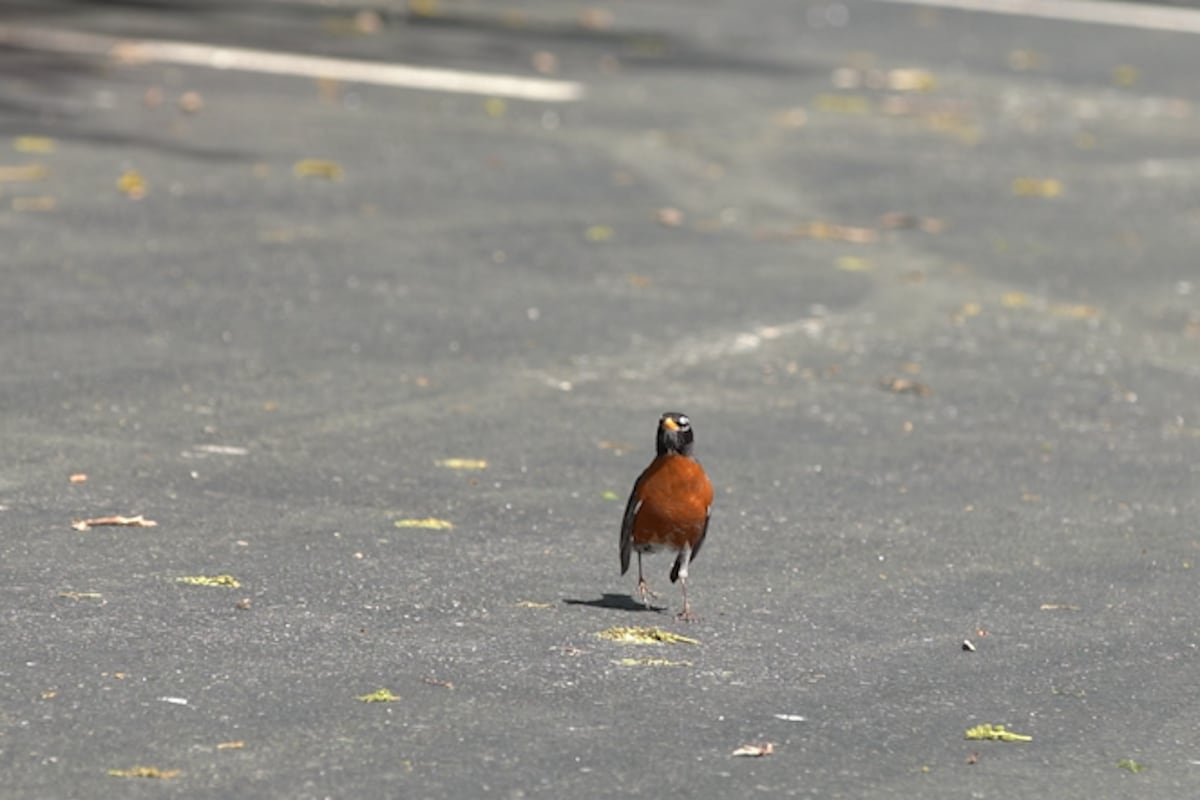
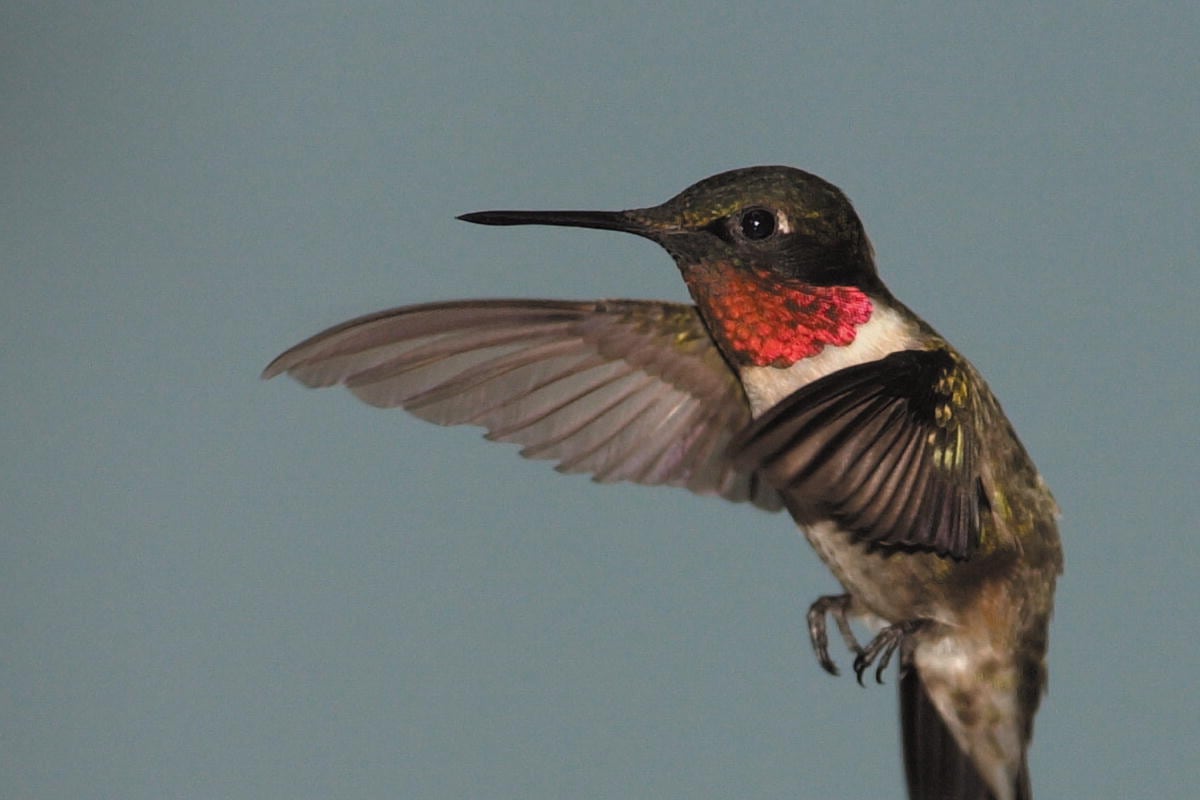
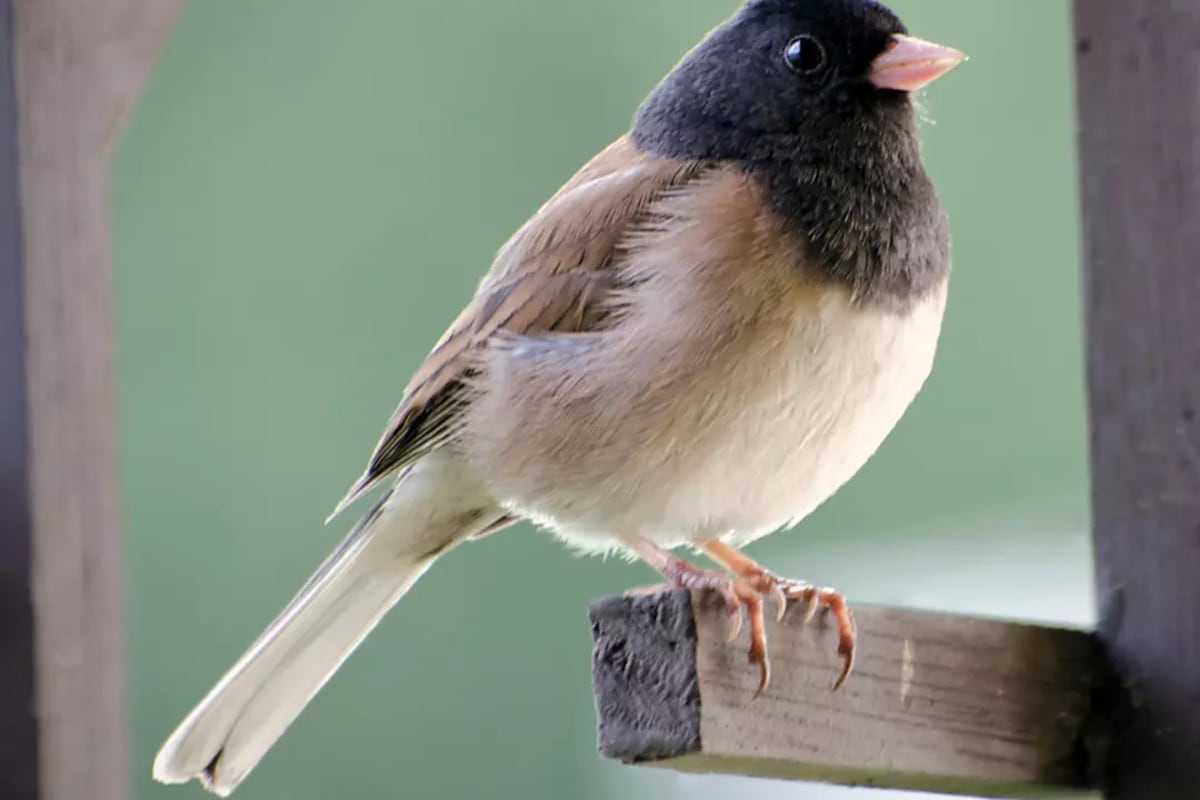
“In May, we will find a bird, probably at least one bird, almost daily if not more,” Anton noted.
In 2018, Anton began a study with students that found nearly 300 birds fell victim to on-campus strikes. However, researchers believed that the number only reflected about 50% of how many birds actually fell prey, which is why she is on a mission to save them - and it starts with architects.
“Because they’re the ones who can stop this problem in the design phase.”
Specifically, Anton has met with Kansas City’s American Institute of Architects to discuss the design of bird-friendly buildings.
The future of commercial buildings:
Come May, Anton is set to teach Bird-Friendly Built Environments: Preventing Bird Deaths Through Design. She has held various presentations for Audubon associations, the Johnson County Sierra Club, other universities and more.
“Reflection is one of the worst things - how the glass reflects,” Anton told us. “So, choosing glass that’s less reflective, or choosing glass that’s already treated to be bird-safe with frit and different things that are already available on the market.”
Reflective glass, glass walkways and buildings that abut treelines have all been known to be deadly for migrating birds.
“And then thinking about how birds travel and not creating traps for them where they get driven into the building accidentally,” Anton continued.
Anton and her students have collected findings from across the JCCC campus since her study began. Overall, a 50% reduction in bird collisions has been reported since avian safety measures were put in place. Monitoring is expected to continue as new patterns of bird strikes emerge.
Just as reflective surfaces can disorient birds, so too can lighted structures along their migration route. A study by the Field Museum in Chicago found that just turning out the lights in a single downtown high-rise building reduced migratory bird deaths by 83%.
The Community College has taken several steps since 2018 to mitigate bird strikes, including reducing the amount of light pollution.
However, bird collisions that happen Downtown and on the JCCC campus are only half the problem; the other half, conservationists said, can be found at home.
“Actually, half of all bird collisions are with low buildings and especially houses,” said Elizabeth Stoke, former president of the Burroughs Audubon Society in Blue Springs. “So, if you multiply that by all the houses, all the private residences, that’s a significant loss of birds every year.”
What can homeowners do?
To mitigate issues at home, Stokes said residents should start by looking for problem areas - windows which have already caused collisions, large windows and glass doors, as well as windows across from bird feeders, birdbaths and plants that produce fruit. Bird Safe KC offers free surveys for area residents.
Several solutions have been recommended, such as reflective tape, cord curtains and more. These measures should be spaced so that birds cannot fly through them. Some conservationists recommend 2 inches by 2 inches so that the smallest hummingbirds can be saved.
At the Audubon Society’s headquarters, Stokes said they use wind curtains made out of parachute cord and bird tape, which creates a barrier birds can see.
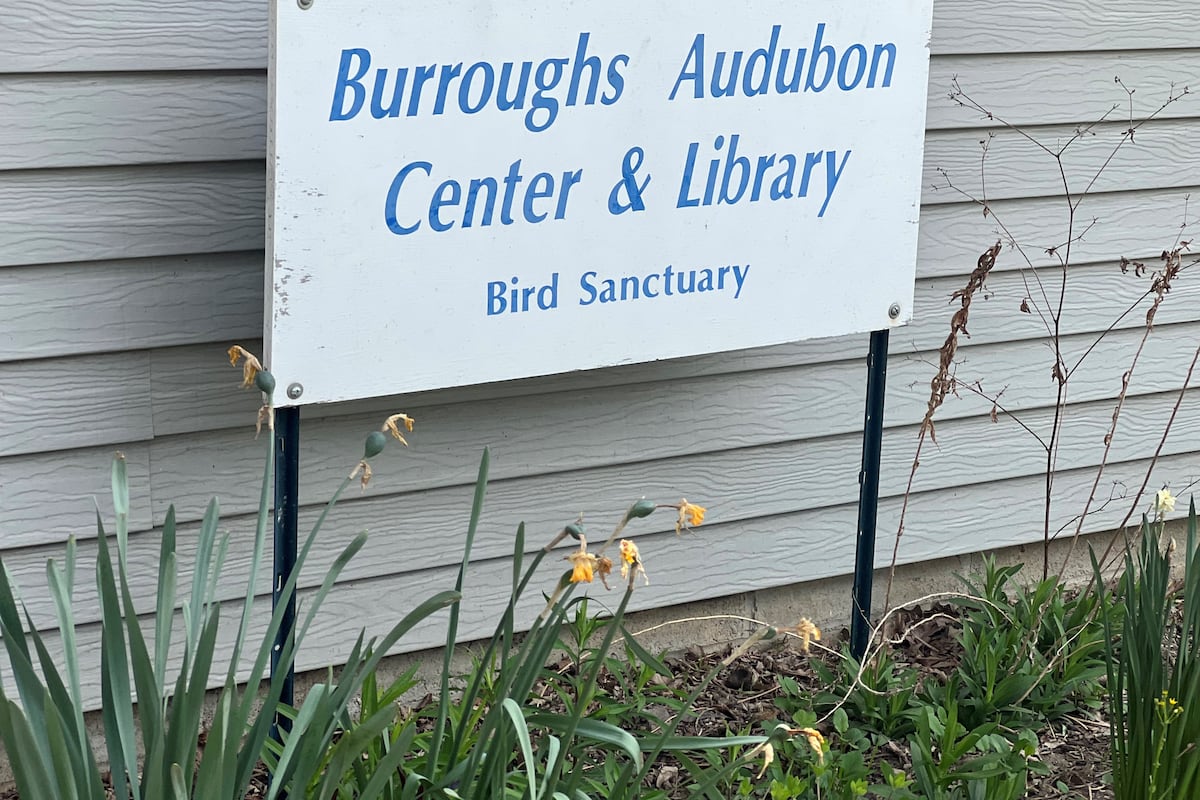
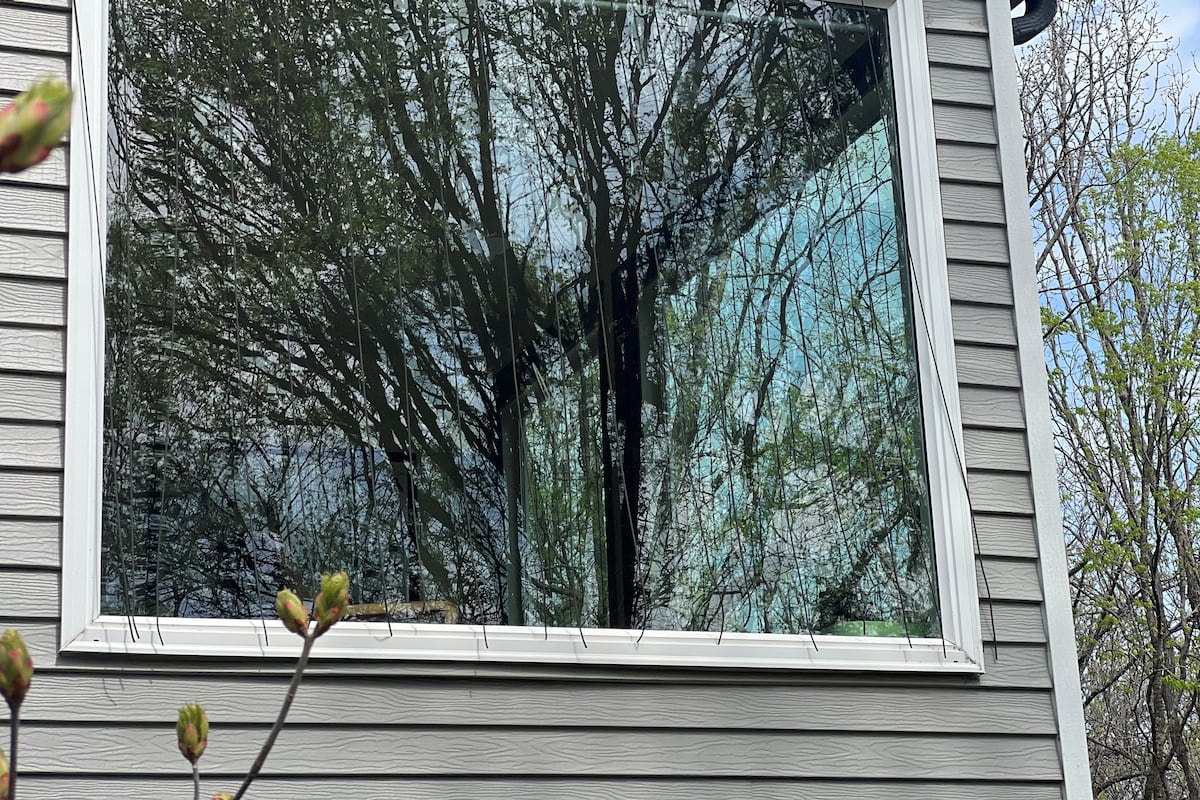

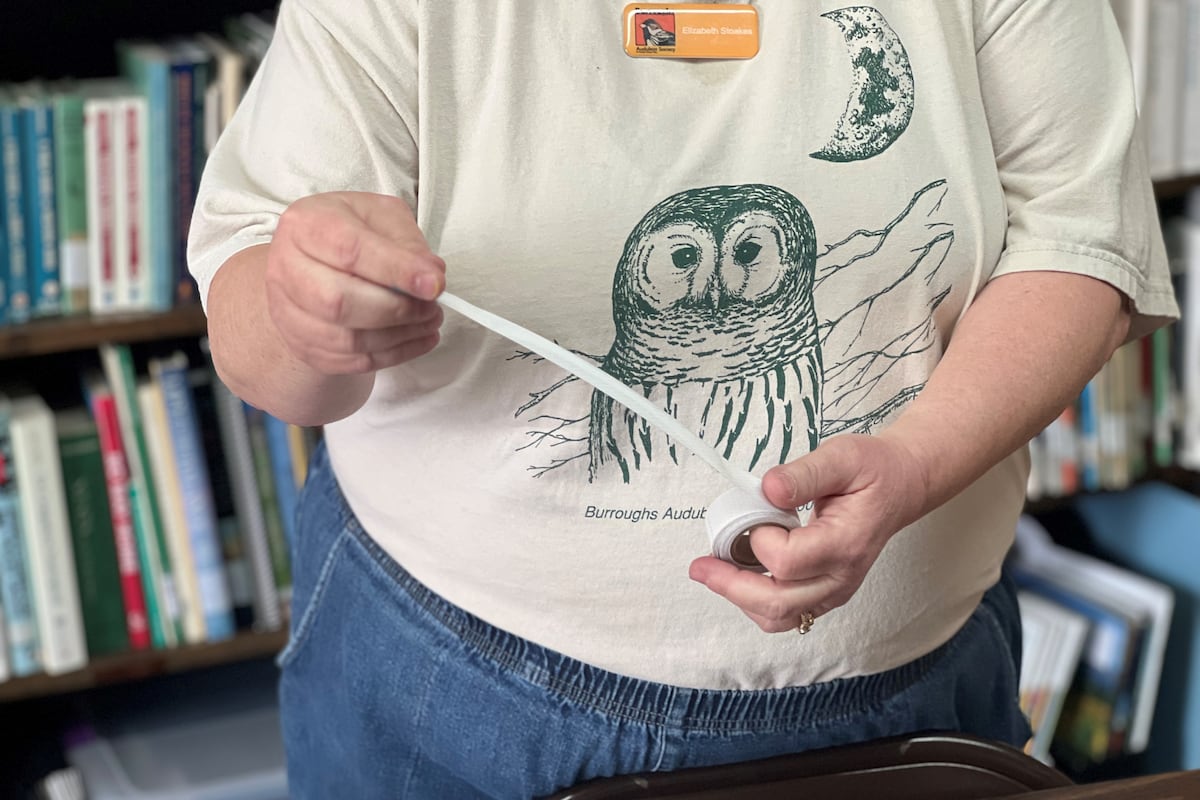
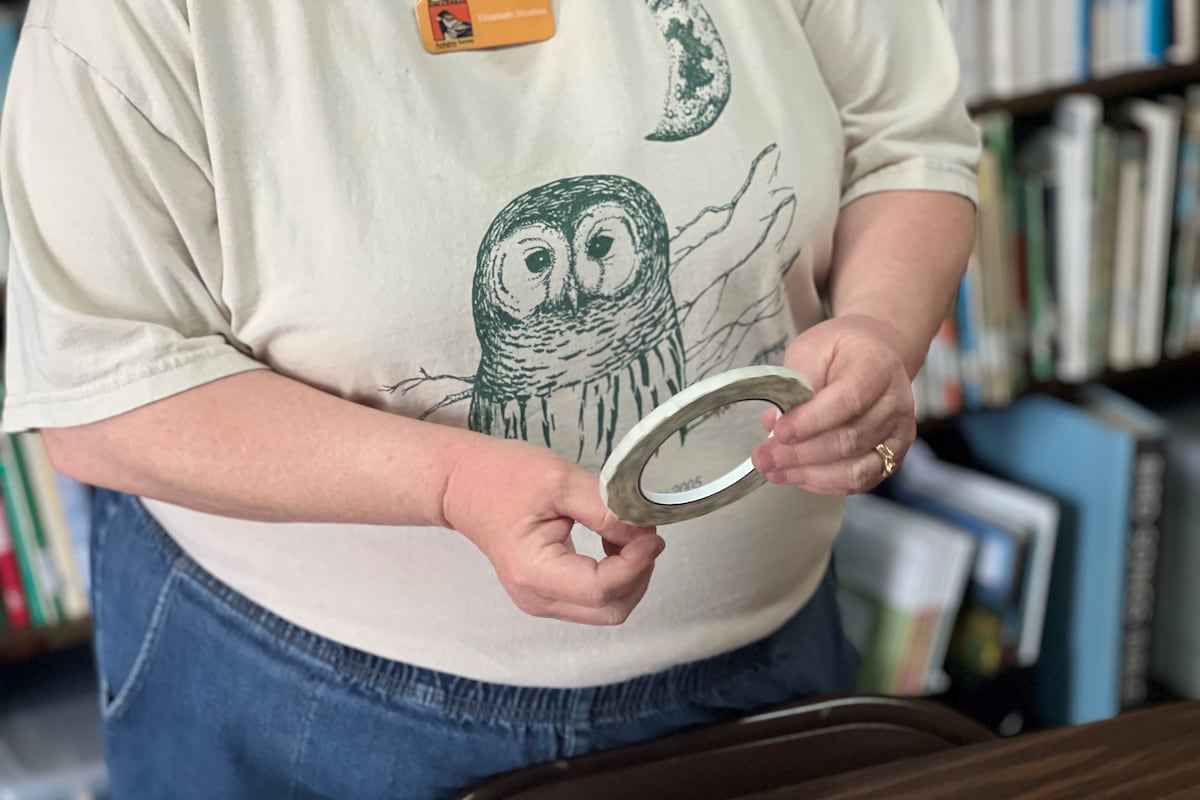
Whichever method is chosen, conservationists agree that measures should be placed on the outside of the window, not the inside, for maximum efficiency. Curtains, shades and window screens are also ideal to help deflect birds from house windows. Bird-safe glass is available for those who are looking for new or replacement windows.
Bird Safe KC also recommends that any landscaping or bird feeders be placed within 3 feet of a structure or at least 30 feet from a structure.
The Burroughs Audubon Society has also recommended that homeowners the Lights Out initiative between May 15 and 31, as well as from Aug. 15 through Oct. 31. In the meantime, residents can ensure that all exterior decorative lights are turned off, exterior lighting is downshielded and interior lights are turned off.
Community have been urged to assess the quality and quantity of light they need. Automatic motion sensors and dimmers can be installed for more efficient lighting.
Conservationists said if an injured bird is found that is still alive with no way to get it to a wildlife rehab, the bird can be kept in a dark, quiet place for about half an hour. After 30 minutes have ed, the bird should be taken as far away as possible from homes or other structures for release.
Homeowners who do find an injured bird on their property in Kansas can call Operation Wildlife at 785-542-3625. Those on the Missouri side can call Wild Souls Wildlife Rescue and Rehab at 800-495-8403 or Lakeside Nature Center at 816-513-8960.
For more tools, tips and tricks on how to avoid bird strikes, click HERE.
For the U.S. Fish and Wildlife Service’s bird-friendly building toolkit, click HERE.
For more information about Lights Out, click HERE.
To report a bird collision in your neighborhood, click HERE.
For more KCTV5 Special Reports, click here.
Copyright 2025 KCTV. All rights reserved.









